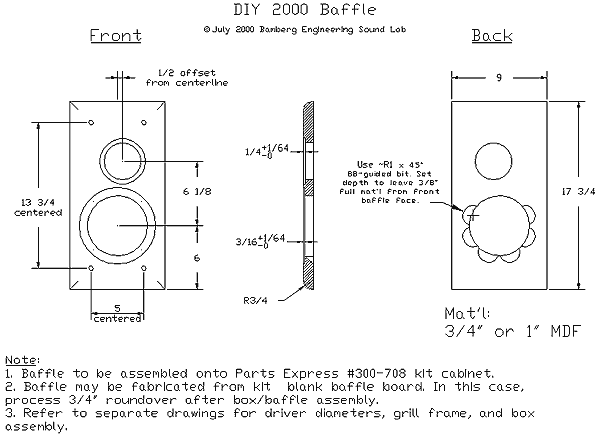This is wonderful wisdom.
The more I get into this hobby "I know that I know nothing”
When I observe and follow people who have been doing measurements AND listening for many years or decades, it’s clear that there is a lot learnt, but also lots to learn.
These days I prefer to listen to the subjectivist objectivists.
The more I get into this hobby "I know that I know nothing”
When I observe and follow people who have been doing measurements AND listening for many years or decades, it’s clear that there is a lot learnt, but also lots to learn.
These days I prefer to listen to the subjectivist objectivists.


 Closest to nominal frequency of destination circuit if frequency is selectable and decent accuracy achievable.
Closest to nominal frequency of destination circuit if frequency is selectable and decent accuracy achievable.



 ops: Second shock wave was that equation 9 (the one ASR members use) runs speaker to bunker with optimizer due to limited/wrong variables. Looks that equation wasn't meant to be taken seriously or common sense was lost for a while - no matter what statistics application told while minimizing variables.
ops: Second shock wave was that equation 9 (the one ASR members use) runs speaker to bunker with optimizer due to limited/wrong variables. Looks that equation wasn't meant to be taken seriously or common sense was lost for a while - no matter what statistics application told while minimizing variables. )
)
Comment